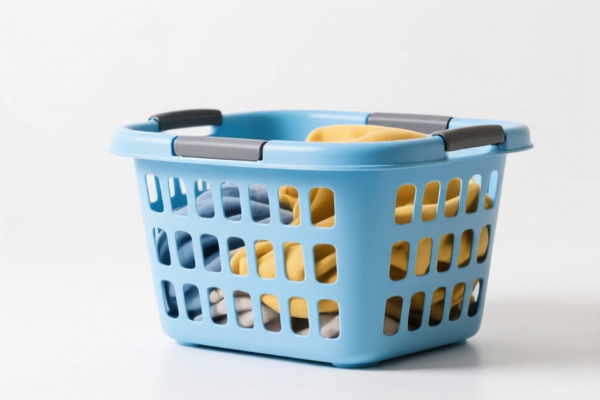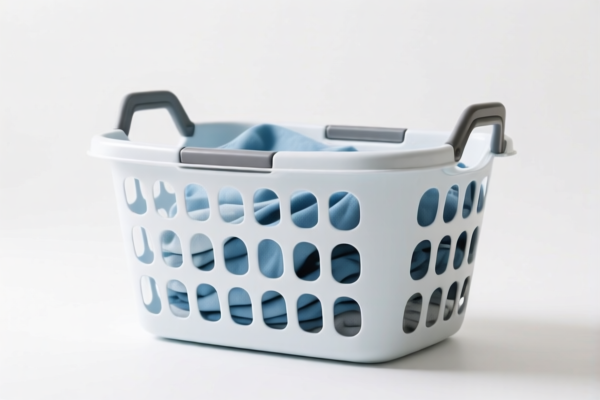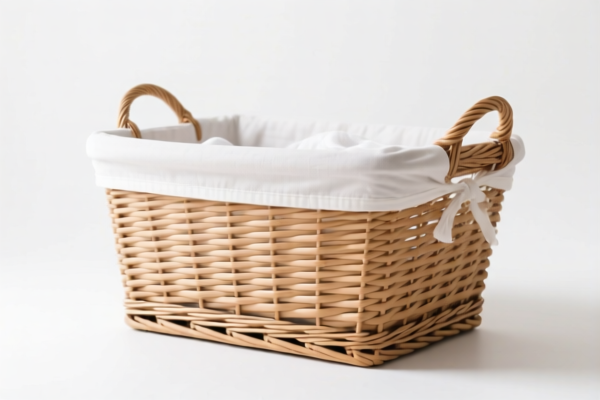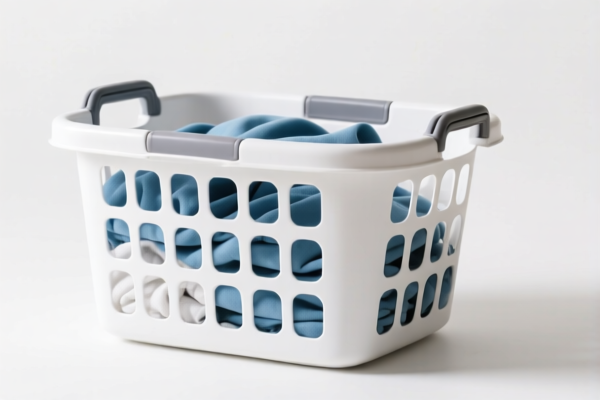| HS Code | Official Doc | Tariff Rate | Origin | Destination | Effective Date |
|---|---|---|---|---|---|
| 3926901600 | Doc | 40.6% | CN | US | 2025-05-12 |
| 3926909910 | Doc | 42.8% | CN | US | 2025-05-12 |
| 3924905650 | Doc | 40.9% | CN | US | 2025-05-12 |
| 6914908000 | Doc | 60.6% | CN | US | 2025-05-12 |
| 6914108000 | Doc | 64.0% | CN | US | 2025-05-12 |
| 6911900010 | Doc | 42.9% | CN | US | 2025-05-12 |
| 6911900050 | Doc | 42.9% | CN | US | 2025-05-12 |
| 9620005000 | Doc | 60.3% | CN | US | 2025-05-12 |
| 9620006500 | Doc | 57.9% | CN | US | 2025-05-12 |
| 9617006000 | Doc | 37.2% | CN | US | 2025-05-12 |
| 6307907500 | Doc | 34.3% | CN | US | 2025-05-12 |
| 6307908995 | Doc | 37.0% | CN | US | 2025-05-12 |
| 6304996040 | Doc | 33.2% | CN | US | 2025-05-12 |
| 6304996020 | Doc | 33.2% | CN | US | 2025-05-12 |




Laundry Balls
Laundry balls are reusable alternatives to traditional liquid or powder laundry detergents. They typically consist of a shell made of a thermoplastic polymer, often polypropylene or similar materials, containing small, textured protrusions or nodules.
Material:
- Shell: Primarily polypropylene (PP), a durable, lightweight plastic. Some eco-friendly options utilize plant-based plastics.
- Internal Components: Textured nodules or protrusions, often made of the same polymer as the shell. Some designs include ceramic or glass beads for enhanced cleaning action.
Purpose:
Laundry balls are designed to soften fabrics, reduce wrinkles, shorten drying times, and, in some cases, assist with cleaning. They function primarily through physical action rather than chemical detergents.
Function:
The textured surfaces of the balls agitate laundry within the washing machine drum, creating space between garments. This increased space allows for better water penetration, more efficient rinsing, and reduced friction, leading to softer fabrics. The physical action also helps to break up clumps of fabric and reduce static cling. Some balls are designed to mimic the tumbling action of a larger load, reducing the energy needed for washing.
Usage Scenarios:
- Standard Washing Machines: Suitable for both top-load and front-load washing machines.
- Sensitive Skin/Allergies: Can be beneficial for individuals with sensitivities to detergents, fragrances, or dyes.
- Reducing Detergent Use: Often used in conjunction with a small amount of detergent, or even as a detergent-free solution for lightly soiled loads.
- Travel: Compact and lightweight, making them ideal for use in shared laundry facilities or while traveling.
Common Types:
- Solid Laundry Balls: These are the most common type, consisting of a solid shell with internal protrusions. They are generally used with a small amount of detergent.
- Hollow Laundry Balls: These balls contain small ceramic or glass beads. The beads create additional agitation and impact within the washing machine.
- Wool Dryer Balls: While technically dryer balls rather than laundry balls, they are often used in conjunction with laundry balls and serve a similar purpose of softening fabrics and reducing drying times. They are made from natural wool fibers.
- Liquid Laundry Ball (or Pod): These are pre-measured capsules containing liquid detergent, fragrance, and other additives. They dissolve during the wash cycle. (Note: these are different from the reusable solid/hollow balls discussed above)
Laundry balls can be classified under several HS codes depending on their material and specific composition. Here's a breakdown of potential classifications based on the provided information:
- 3926.90.16.00: This code covers “Other articles of plastics and articles of other materials of headings 3901 to 3914: Other: Pacifiers”. While primarily for pacifiers, the broader category of “Other” articles of plastics could encompass laundry balls if they are made of plastic and don't fall under more specific headings. The total tax rate is 40.6%, comprised of a 3.1% base tariff, a 7.5% additional tariff, and a 30.0% additional tariff applicable after April 2, 2025.
- 3926.90.99.10: This code covers “Other articles of plastics and articles of other materials of headings 3901 to 3914: Other: Other Laboratory ware”. Although not specifically laboratory ware, the description "balls" could be considered a general form, and if the material is unspecified, this could be a plausible match. The total tax rate is 42.8%, consisting of a 5.3% base tariff, a 7.5% additional tariff, and a 30.0% additional tariff applicable after April 2, 2025.
- 6914.90.80.00: This code covers “Other ceramic articles: Other: Other”. If the laundry balls are made of ceramic, this HS code may be applicable. The total tax rate is 60.6%, comprised of a 5.6% base tariff, a 25.0% additional tariff, and a 30.0% additional tariff applicable after April 2, 2025.
It's important to note that the correct HS code depends on the precise material composition of the laundry balls. If they are made of plastic, 3926.90.16.00 or 3926.90.99.10 are the most likely options. If ceramic, 6914.90.80.00 would be more appropriate.
Customer Reviews
No reviews yet.